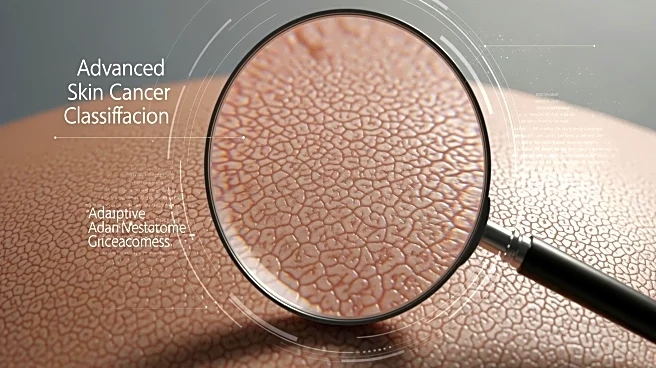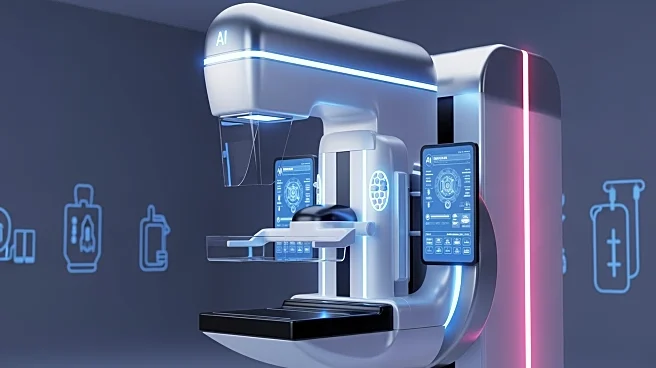What's Happening?
A study has evaluated the effectiveness of deep learning (DL) algorithms in diagnosing Retinopathy of Prematurity (ROP) that requires treatment. Using 1700 fundus images from preterm infants, various convolutional
neural network models were tested. MobileNet with CLAHE preprocessing achieved the highest accuracy and sensitivity, making it the most effective model for ROP detection. The study highlights the potential of DL models for real-time ROP screening in telemedicine environments.
Why It's Important?
The use of DL algorithms in diagnosing ROP can significantly improve early detection and treatment, potentially preventing vision loss in preterm infants. This technology offers a scalable solution for telemedicine, allowing for timely and accurate diagnosis in remote or underserved areas. By enhancing screening capabilities, healthcare providers can ensure better outcomes for infants at risk of ROP.
What's Next?
Further validation of these DL models in diverse clinical settings is necessary to confirm their real-world applicability. Researchers may explore integrating these algorithms into telemedicine platforms to facilitate widespread adoption. Continuous improvement of the models' accuracy and sensitivity will be crucial for their success in clinical practice.
Beyond the Headlines
The integration of artificial intelligence in healthcare is transforming diagnostic processes, offering more precise and efficient solutions. This advancement in ROP screening exemplifies the broader potential of AI to revolutionize medical diagnostics and improve patient care across various fields.











